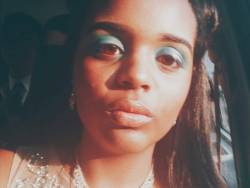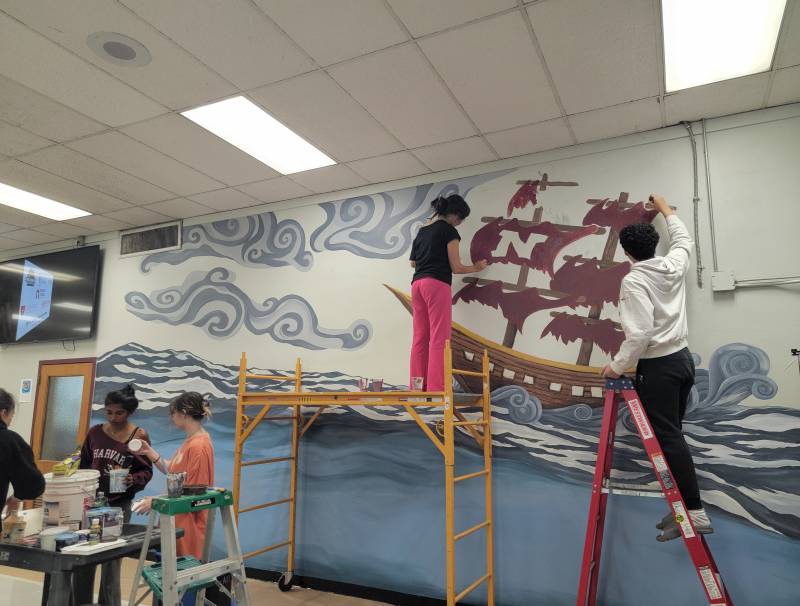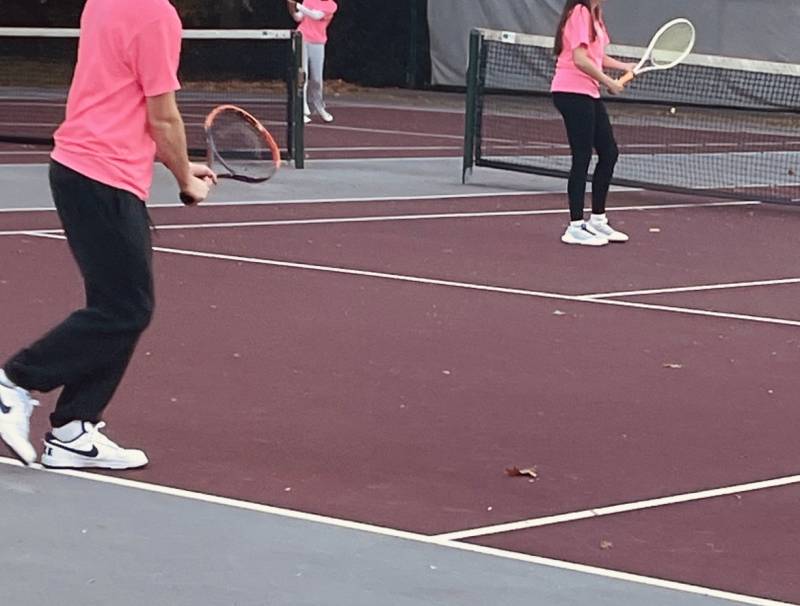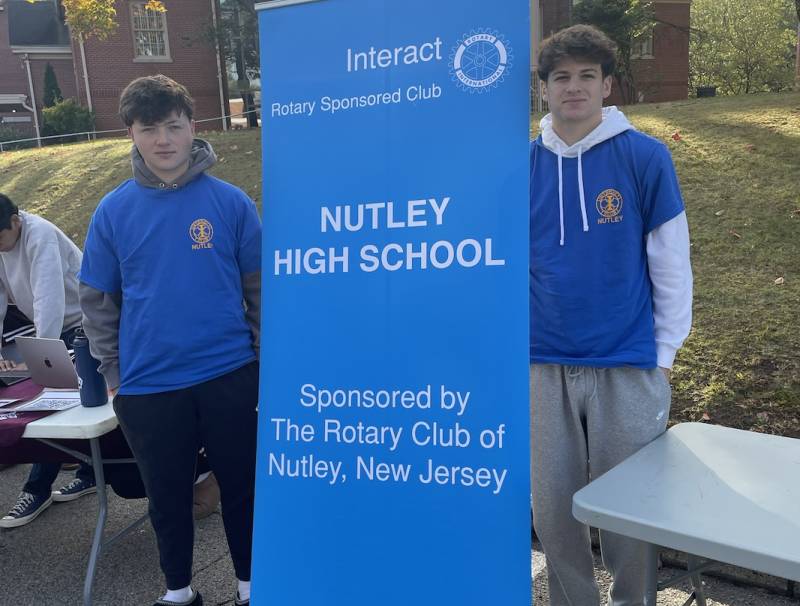Capturing the First Image of a Black Hole
The grainy image of red and yellowish hues surrounding a black dot could be mistaken for a strawberry donut at first glance, but it is actually one of the universe’s most peculiar and mysterious objects. On April 10, 2019, a successful algorithm was able to capture the first image of a black hole outside of its event horizon. Katie Bouman is responsible for this algorithm and is currently receiving praise for procuring a major breakthrough in the astrophysics field.
The colorful flares that give the image its donut-like appearance are approximately 55 million light years old. This means that the light was traveling to Earth’s line of sight is older than humanity itself, including all of the ancestors of the individuals who were able to obtain a picture of it on the Event Horizon Telescope. According to an article on CNN, capturing the image of the black hole had the same probability as, “trying to take a photo of an orange that’s on the moon with your smartphone.” This is because the gravity from a black hole prevents light from escaping the essentially invisible dark center. Despite the extreme distance from planet Earth, it is actually in our “galactic back” yard and its official name is M87*.
An article on the website Science News goes into detail about how exactly the image was captured. “A technique called very long baseline interferometry combines radio waves seen by many telescopes at once, so that the telescopes effectively work together like one giant dish. The diameter of that virtual dish is equal to the length of the longest distance, or baseline, between two telescopes in the network. "This means that the data needed to retrieve the image was compiled from multiple telescopes in unison. As head-spinning as it may seem, there needed to be a rigorous effort to capture an object that is as camera shy as a black hole. Not only did their need to be many telescopes cooperating, but the weather conditions had to be essentially perfect.
Astronomer Geoffrey Bower of the Academia Sinica Institute of Astronomy and Astrophysics in Hilo, Hawaii emphasized this point when he said, “every morning, there’s a frenetic set of phone calls and analyses of weather data and telescope readiness, and then we make a go/no-go decision for the night’s observing.” The capturing of the image was made possible by Katie Bouman who led the creation of the algorithm needed to capture the data of M87*. The 30-year-old American computer scientist went viral on social media and on news outlets for this major piece of proof for the existence of black holes.
Not only is this a breakthrough for science and human understanding of the observable universe, but it is also good representation for women in the science field. This image opened up a window for potential theories and discoveries and for anyone to make them regardless of gender.








